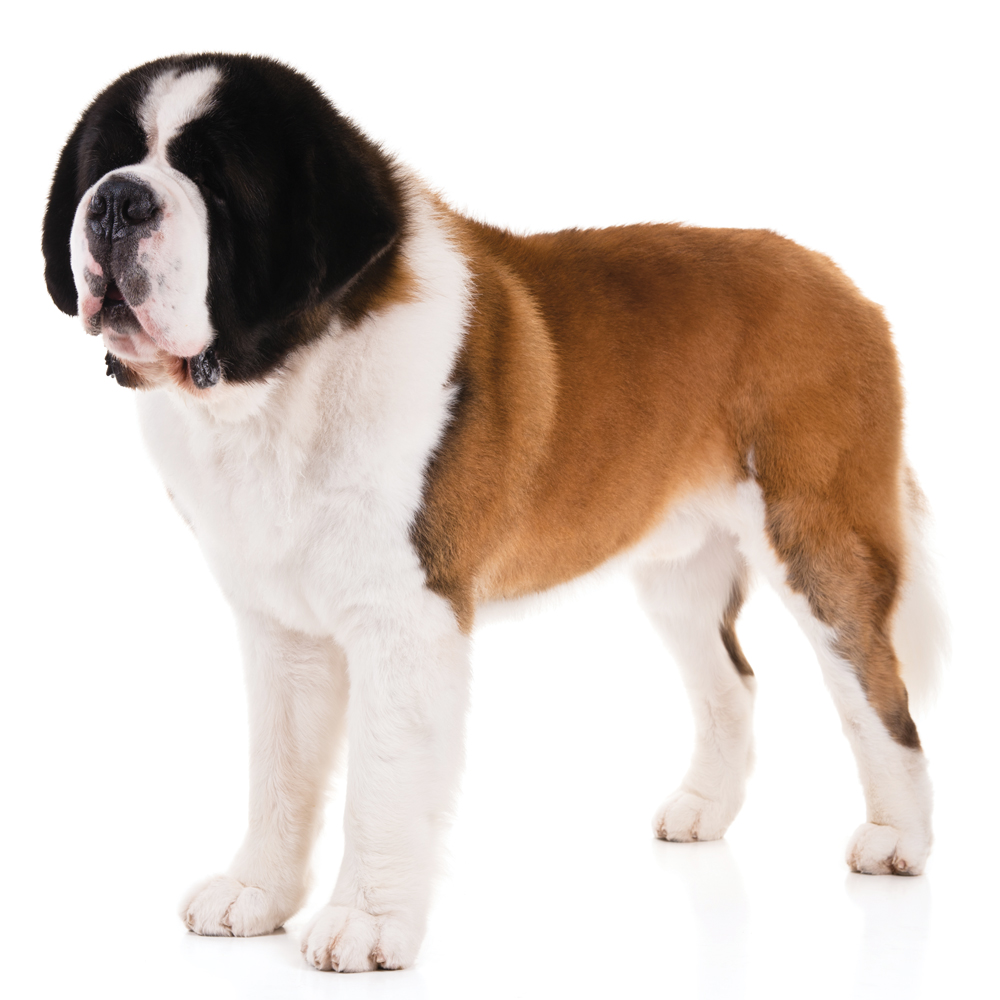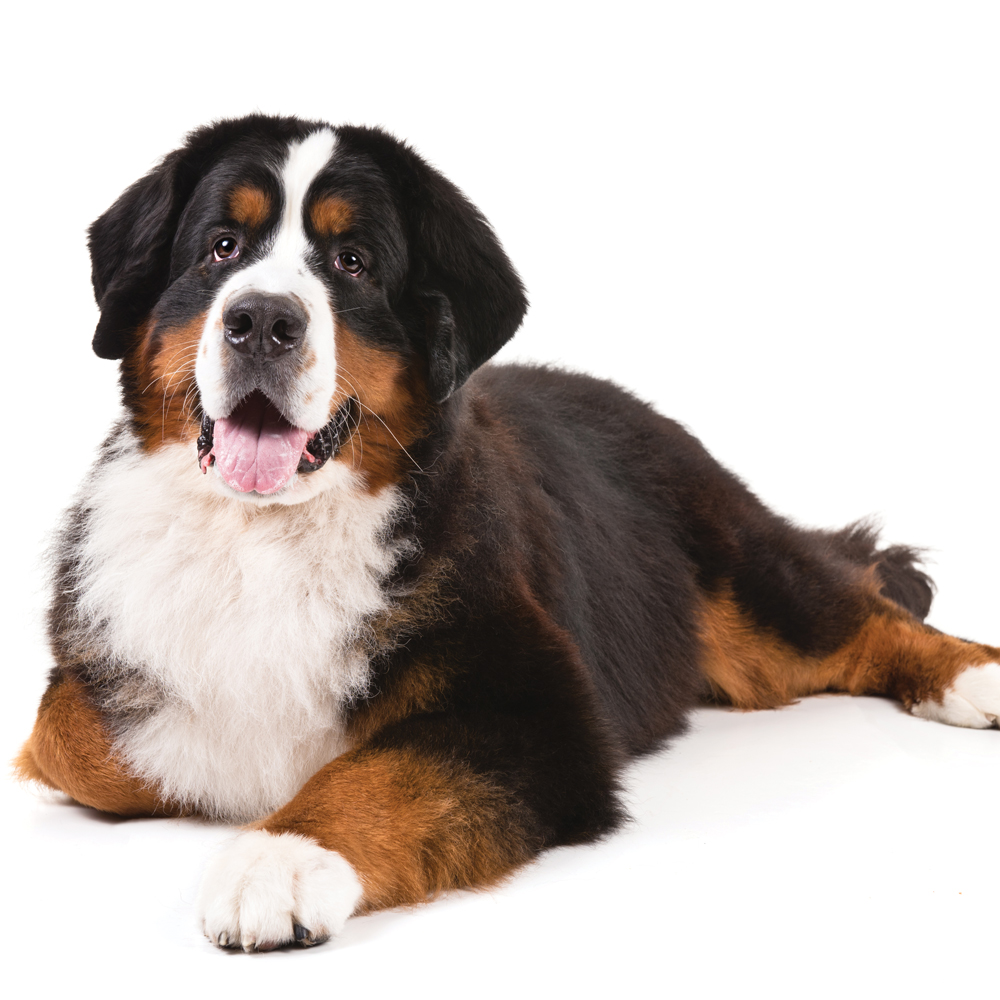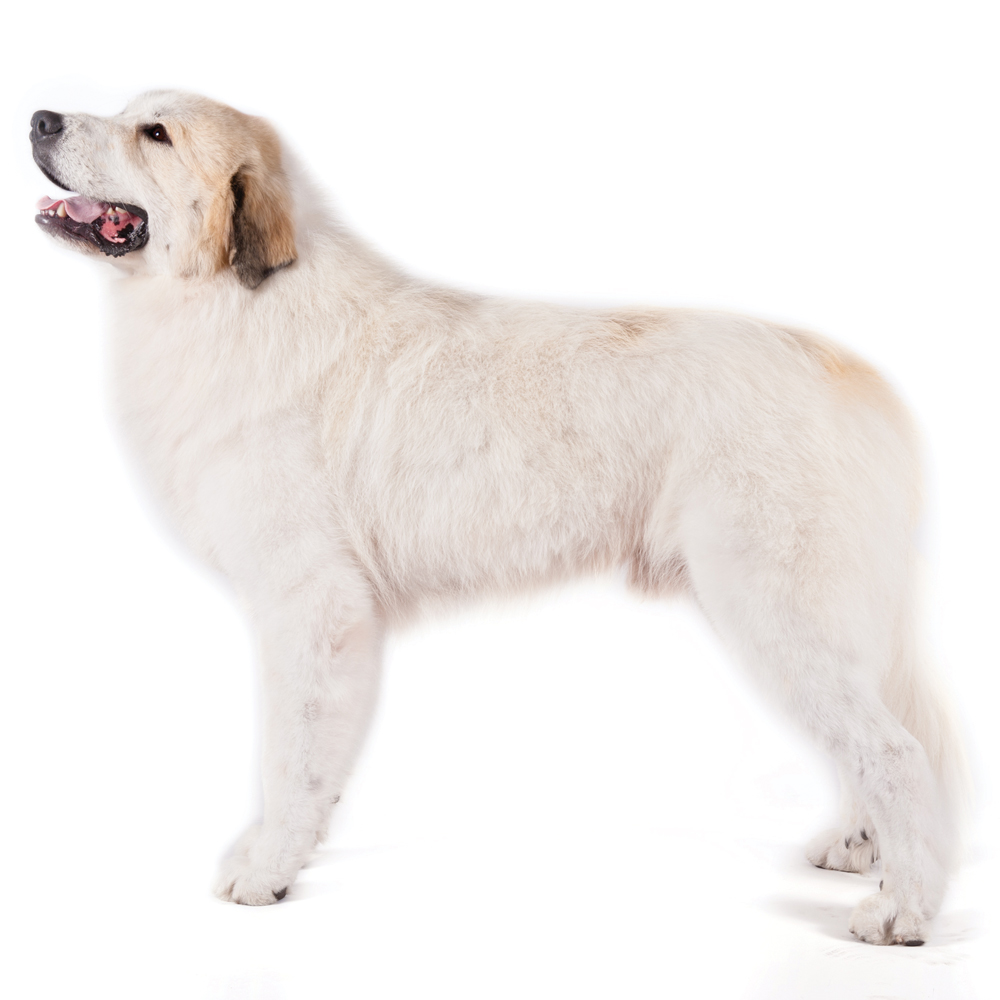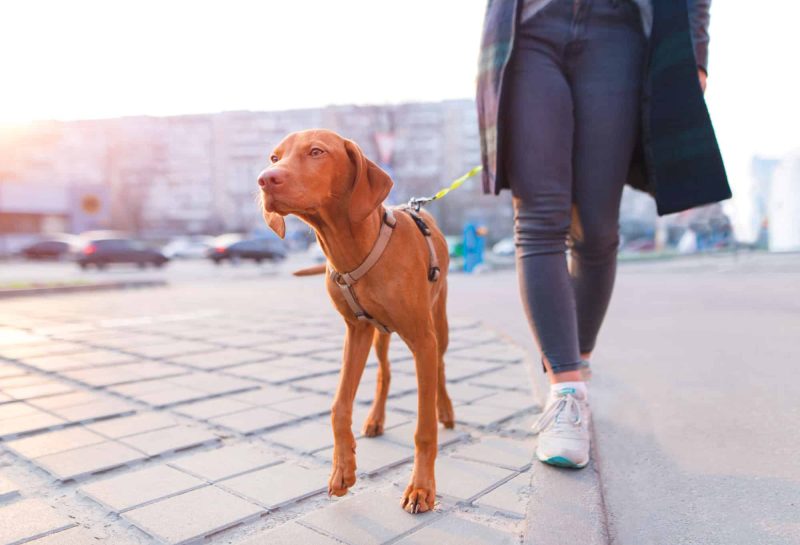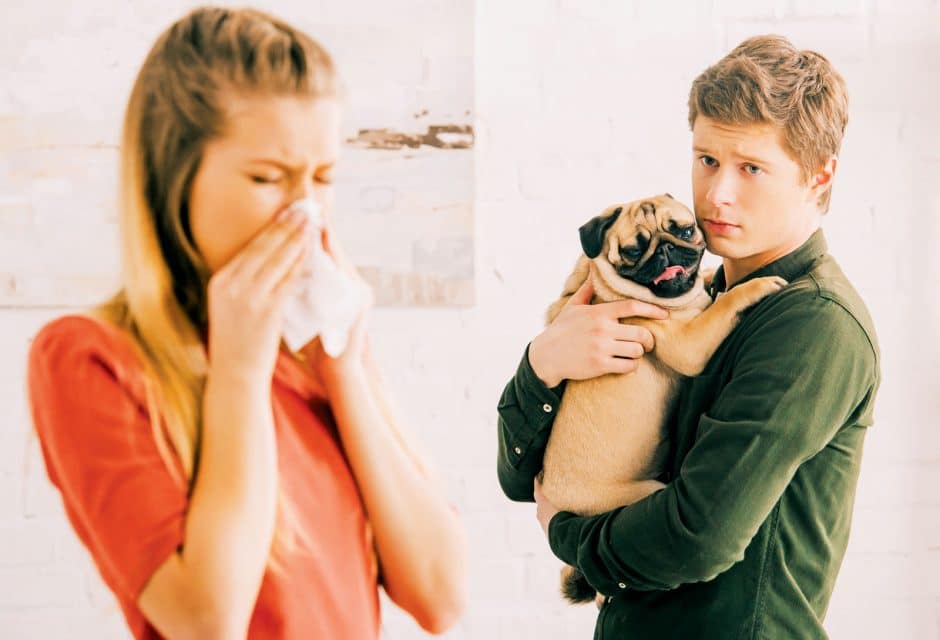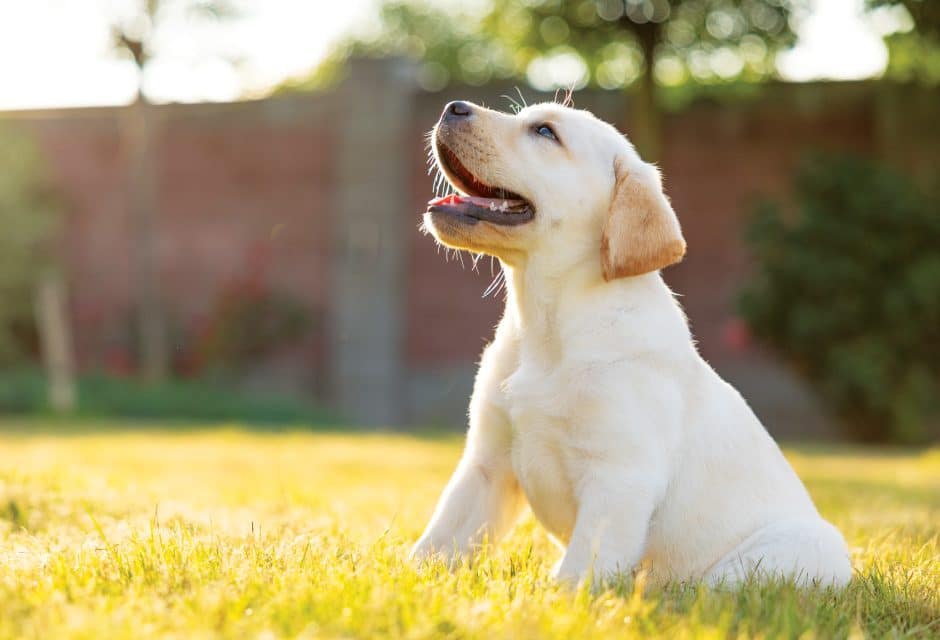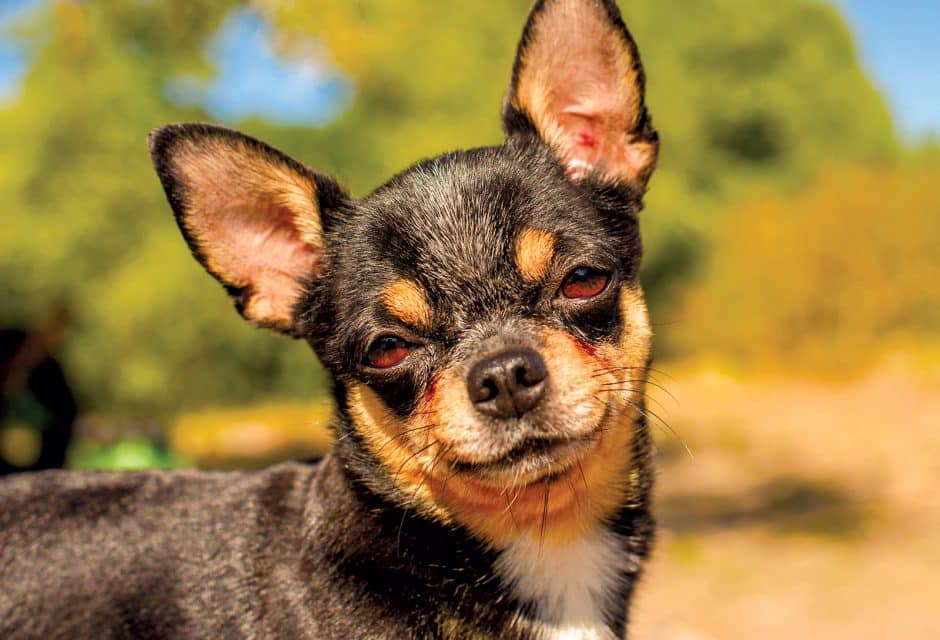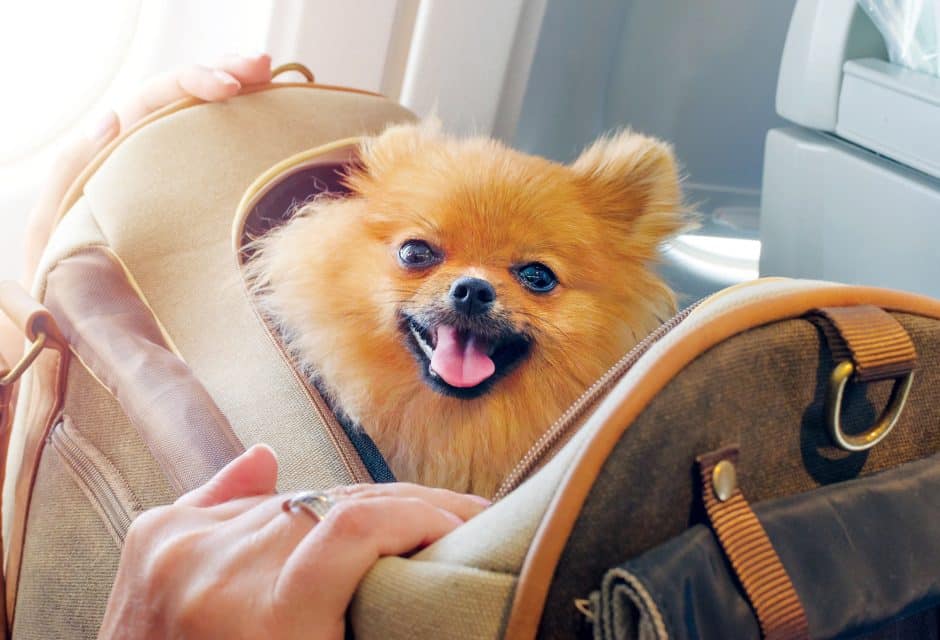
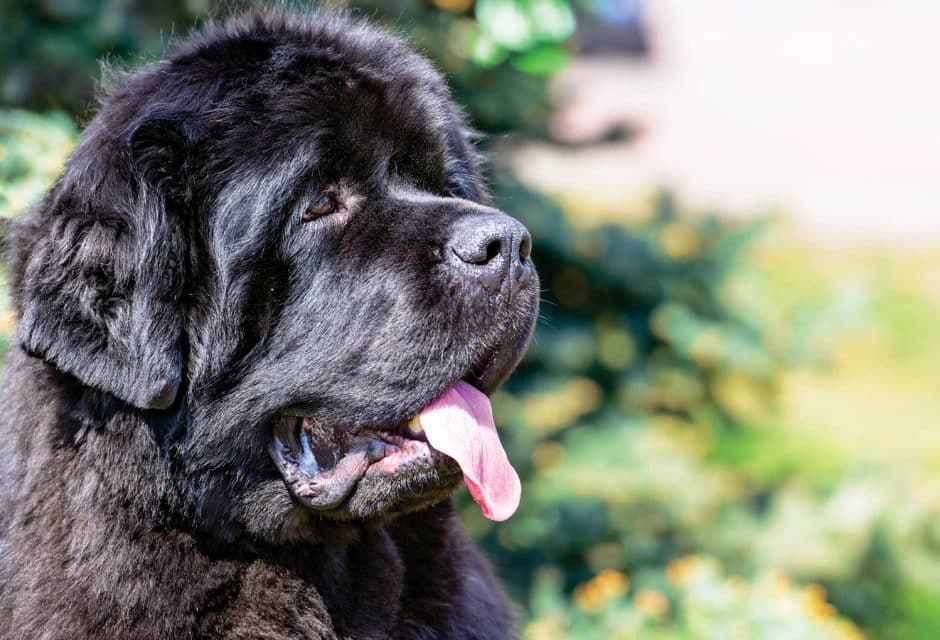
The Newfoundland
Hopelessly devoted to you. Meet the canine hero with a heart of gold.

“Is that a bear or a dog?” Newf guardians hear this just about every time they head out with their dogs. A quick walk around town is near impossible because this breed is so immense that people simply have to stop and get to know him.
The Newfoundland is truly special. He’s probably the most famously heroic breed of all time, but he simultaneously ranks as one of the gentlest giants in dogdom.
What’s his story? It starts—you guessed it—in Newfoundland, Canada, where the breed was first named in the late 1770s. Because the Newfoundland is such an old breed, we are left to speculate about its earliest origins, but one theory suggests that the Vikings may have played a role.
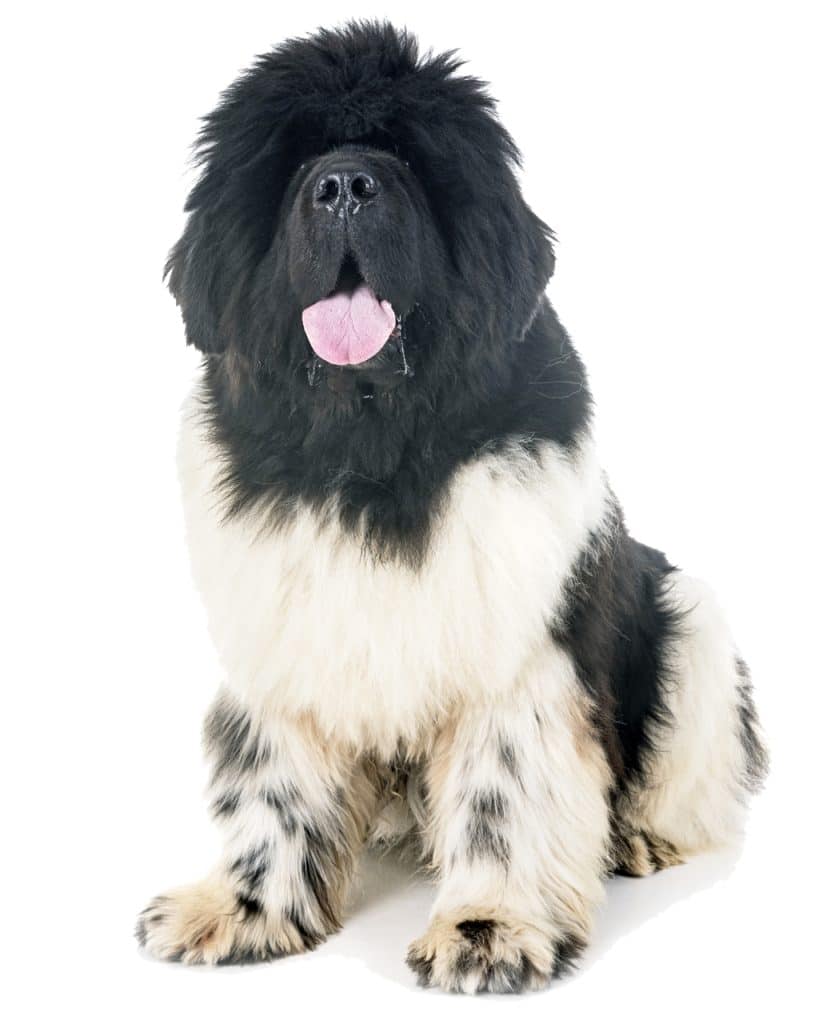
cynoclub/Bigstock
As far back as 1000AD, the Vikings brought large “bear dogs” to the region—this much we know from early writings. There are also reports that First Nations gravesites in Newfoundland circa 500AD have contained skeletons of giant dogs. The dogs the Vikings brought would have mated with the existing local dogs and possibly wolves. The Viking dogs and their offspring continued to mate, over the years, with dogs brought from various corners of the world by explorers. Regardless of whether the Newfoundland has Viking roots, his giant, bear-like frame is undeniable, as is his toughness.
The Newf was a working breed of vital importance in the harsh, eastern-Canadian climate. Each day, he helped fishermen by pulling their full, heavy nets ashore. With his webbed feet, endurance, and water-resistant coat, the Newfoundland has always been a world-class swimmer. Even the icy Atlantic waters off the coast of eastern Canada have never been a match for this tough dog.
The Newfoundland is a giant breed, with males weighing up to 150 pounds.
Another job the Newf excelled in was carting, most typically hauling the daily catch off to market. All of that practical use aside, with his large presence and protective instincts, the breed was prized for its ability to stand guard over homes and farms.
By the late 18th century, the Newfoundland was firmly established as a breed. In the 19th century, fanciers in England and North America continued to develop both type and temperament to create the Newf as we know him today.
While the first Newfoundland was shown in England in 1860, the breed wasn’t registered with the American Kennel Club (AKC) until 1879. The Newfoundland Club of America (NCA) was founded in 1930.
Zanna Pesnina/Bigstock
Most Popular Dogs in the US
According to the most recent AKC registration statistics (2022)
[1] French Bulldog
[2] Labrador Retriever
[3] Golden Retriever
[4] German Shepherd
[5] Poodle
[6] Bulldog
[7] Rottweiler
[8] Beagle
[9] Dachshund
[10] German Shorthaired Pointer
[42] Newfoundland
Today’s Newfoundland is a heavily boned, muscular breed who can easily outweigh his guardian. Males stand about 28 inches tall; females closer to 26 inches. Weights range from 130 to 150 pounds for males and 100 to 120 pounds for females. The AKC accepts the breed in black, brown, gray, and Landseer colours—the last of which is named after Sir Edwin Landseer, who painted Newfs with a white base coat and black markings in the 1700s.
As for the breed’s temperament, he has one of the most tender hearts in the dog world. The sweet nature of the Newf is such a defining feature that it’s literally written into the AKC breed standard as being of utmost importance.
Gentle, loving, and protective—he sounds perfect, and some would say he is! But… living with a Newf isn’t for everyone.
This breed’s size is enormous. For this reason alone, he’s not an ideal choice for apartment living or small spaces. It’s also no surprise, given his origins, that the Newf isn’t going to be well-suited for hot climates where he’s at risk of over-heating.
If you prize a pristine home, this also likely isn’t an ideal breed for you. His thick, double coat has an uncanny ability to attract dirt, mud, burrs… you name it. He requires a good brushing three times a week and bathing fairly regularly. And then, there’s the drooling.
Every once in a while, an unscrupulous breeder advertises a litter of low-drooling Newfs. Don’t fall for it. This is a breed that drools—a lot. Look, it’s all part and parcel with sharing your home with such an awesome breed. Newf fanciers have perfected the art of placing hand towels strategically throughout their homes to keep on top of the slobber. If you can’t wrap your head around a drooly dog, you’ll have no choice but to miss out on living with this gentle giant—and that would be a shame.
As for obedience training, this should be a priority with any breed. In the case of a giant dog, establishing good manners is essential. Unruly dogs are never easy to live with, but when they are 100+ pounds, the potential for chaos is significant.
As with all purebreds, the Newfoundland is prone to some genetic disorders. His giant size also makes him a candidate for joint and hip issues. Reputable breeders are dedicated to their dogs and provide health clearances.
The good news is that the Newf is quite intelligent. He’s a quick study to almost any task, and so eager to please the people he loves. Obedience, carting, therapy work, agility, tracking—he’ll have a good time with pretty much whatever you throw at him. And it goes without saying, as a born and bred water dog, he loves any opportunity to go for a swim.
Speaking of which, did you know there are Water Dog titles? The NCA designed a series of tests that require dogs to retrieve items, bring a rope to a swimming steward, swim with handlers, and more. The truly elite Newfs can even achieve Water Rescue Dog and Water Rescue Dog Excellent titles.
It’s a special dog indeed with such a loving heart. The Newfoundland can’t shake his desire to please and even save the people he loves, sometimes at great cost to himself. To know the Newf is to love him, and to be on the receiving end of this breed’s devotion is something quite extraordinary.
Profile: The Newfoundland
Size: Giant
Male height averages 28 inches and females 26. Weights range for males from 130 pounds to 150 pounds, and females 100 to 120.
Activity Level: 3/5
The Newf is playful, but not intense. He makes a great walking companion. Play time and a long walk each day is a minimum to keep him happy, but he’ll also take quickly to canine sporting activites, and he loves to swim.
Grooming: 4/5
His coat attracts dirt and burrs, and he requires a thorough brushing at least a few times each week– likely more, if he’s quite active.
Heritage:
A working breed hailing from Newfoundland, the Newf helped with fishing, carting, and guarding. He’s always been valued as a gentle and loving family companion.
For more information on Newfoundland rescue in the U.S., visit ncarescue.org. In Canada, visit newfrescue.ca.

Yastremska/Bigstock
Heroic Newfoundlands
Seaman was the Newfoundland who set forth on Lewis and Clark’s 1802 journey across America. They relied on him for hunting and guarding, and he even chased a rogue Buffalo away from their camp, as legend has it.
When the SS Ethie crashed off the shores of Newfoundland in the early 20th century, a Newf swam a rope attached to the wreck back to shore. That rope was used as a lifeline and saved 92 people from perishing at sea.
Gander, the mascot of the Royal Rifles of Canada, served in WW2 and saved his platoon on a number of occasions. While they were trapped by heavy gunfire, a grenade came at them. Gander grabbed it and ran from his fellow soldiers. The explosion saved many but cost the heroic dog his life.
He was awarded the Dickin Medal and is honoured to this day as a Canadian war hero.
And, of course, it’s impossible to know how many of us read or watched Peter Pan and fell in love with Nana, the Darling family’s beloved Newfoundland. She wasn’t just the family pet; she was the household’s official nanny. Given what we know about this breed’s history and capabilities, it’s almost hard to separate truth from fiction.
If you like the Newfoundland, you might also consider the:
St. Bernard Bernese Mountain Dog Great Pyrenees
» Read Your Breed For more breed profiles, go to moderndogmagazine.com/breeds
This article originally appeared in the award-winning Modern Dog magazine. Subscribe today!
Join the newsletter and never miss out on dog content again!
"*" indicates required fields
By clicking the arrow, you agree to our web Terms of Use and Privacy & Cookie Policy. Easy unsubscribe links are provided in every email.
